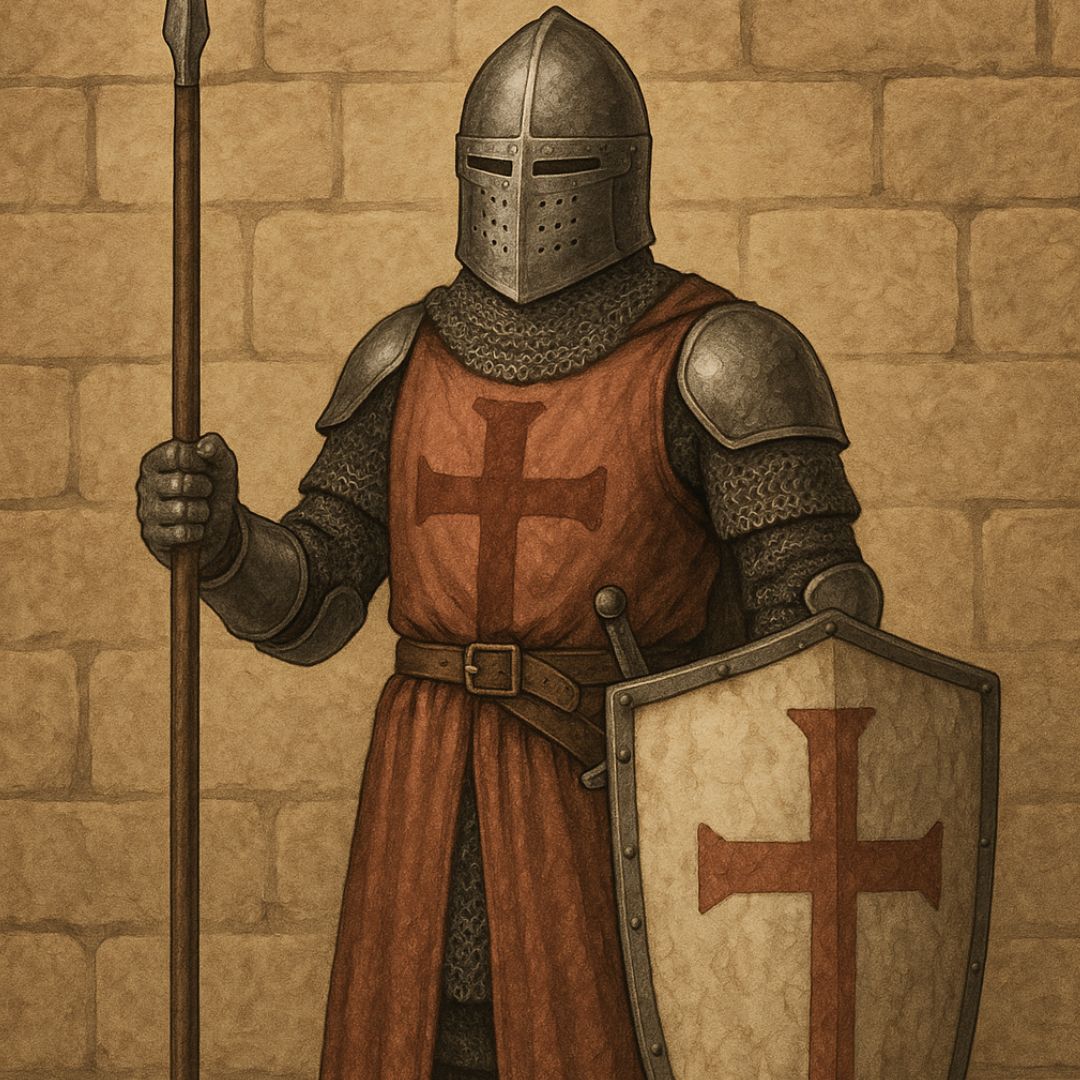Thousands of years of technological evolution have passed since humans discovered how to harness fire. However, it wasn't until the 19th century that truly portable and effective tools began to emerge, transforming our everyday relationship with flame.
Next, we explore the fascinating evolution of fire-starting: from flintlocks to modern survival flints.
The Tinderbox: The First Modern Spark

The tinderbox (formerly known as a spark lighter) was one of the first portable devices created to generate fire quickly and in a controlled manner. It used a steel wheel that, when rotated on a stone or pyrite, generated sparks that lit a small piece of dry tinder.
In essence, it was a refinement of the stone-metal method already known since the Iron Age, but more compact and reliable.
Although they required some skill and a relatively dry environment, their portability and effectiveness earned them a place in the survival gear of the time.
The tinderbox:
intermediate step towards comfort

This device usually included a wick soaked in a flammable material (such as nitrocellulose) that ignited when struck by a spark from the built-in flint. Some models included a capsule of alcohol or solid fuel.
However, they were still vulnerable to moisture, so lighting a fire in the rain or strong winds was no easy task. They combined portability with some convenience, but still relied on the user to keep them clean and refilled.
The gas lighter:
the instant revolution

The great transformation came with the gas lighter in the 20th century, which combined compressed butane gas with a piezoelectric system or friction wheel.
Brands like Bic popularized it for being cheap, disposable, and ready for immediate use.
A simple push of a button or turn of a dial is all it takes to ignite a flame. However, a gas lighter also has its limits. In extreme cold or high altitude, the gas can lose pressure and become ineffective. Furthermore, its lifespan is limited: once the gas is used up, it stops working.
Modern flints:
ancestral technology adapted to the 21st century

The return to flint use was no coincidence. In the context of bushcraft, survival, and hiking, modern flints gained prominence for their reliability.
Instead of using flint, ferrocerium is now used, a metal alloy that produces sparks at over 3,000°C.
Plus, they're ultra-light, waterproof, and capable of producing thousands of sparks before wearing out.
These modern flints often come integrated into survival kits, some models even adding a whistle or compass.
Due to their reliability and durability, they have become indispensable for campers, soldiers, and explorers, and specific versions can be found as survival flints.
(Picture of Kershaw Fire Starter, Fire Resistant Steel )
Comparing the revolutionary methods of creating fire
Each of these systems has its own strengths and weaknesses.
The tinderbox is symbolically the portable origin, reliable with practice but limited by humidity. The tinderbox represented an advance in convenience, although it still required constant maintenance and care.
The gas lighter brought a true revolution: instant, effortless fire, but with the disadvantage of gas dependence and reduced performance in extreme situations. Modern flints, on the other hand, although requiring some skill, offer a reliable, reusable, and safe source of light, even in harsh weather conditions.

A tool for every need
From the ingenious tinderboxes of the 19th century to the practical firesteel (ferrocerium, modern flint, or survival flint) of the 21st century, the history of fire continues to evolve. Each tool reflects its era: the firelighter was a symbol of artisanal ingenuity; the gas lighter, of modern immediacy; and today's flint, of resilience and self-sufficiency.
Today, carrying a survival flint is not just a fashion statement or a historical legacy. It's a conscious decision: in an increasingly digital and dependent world, knowing how to light a fire without batteries or fuel is recovering an ancient, useful, and perhaps vital power.










